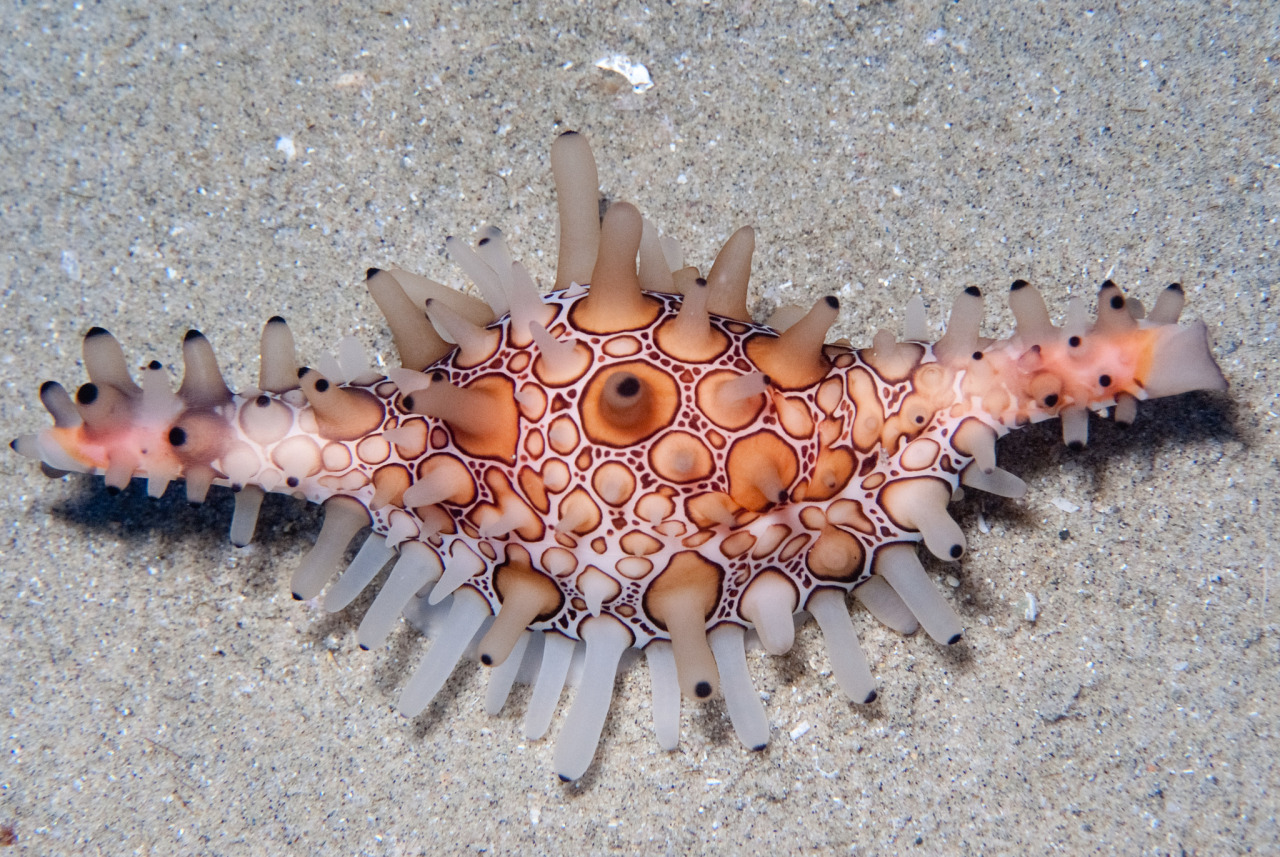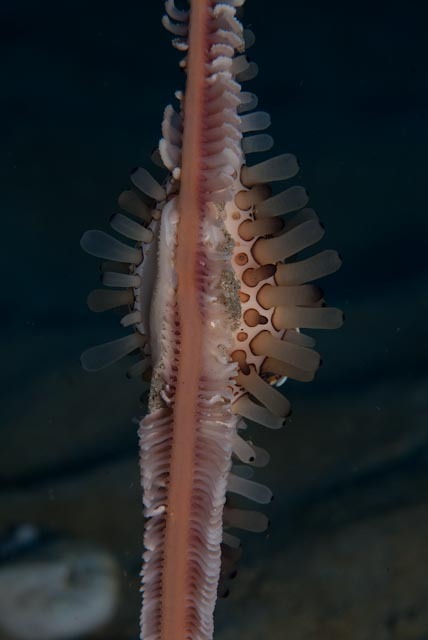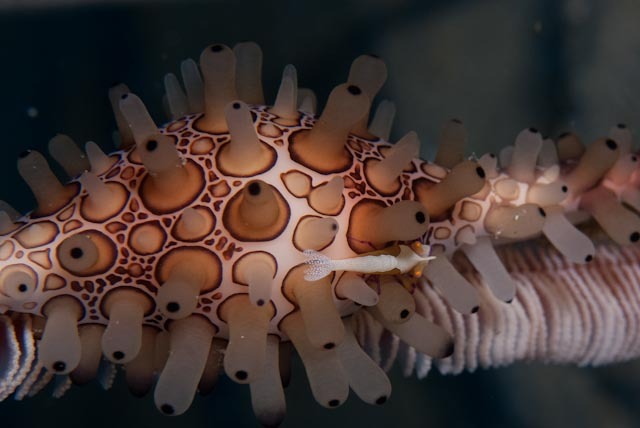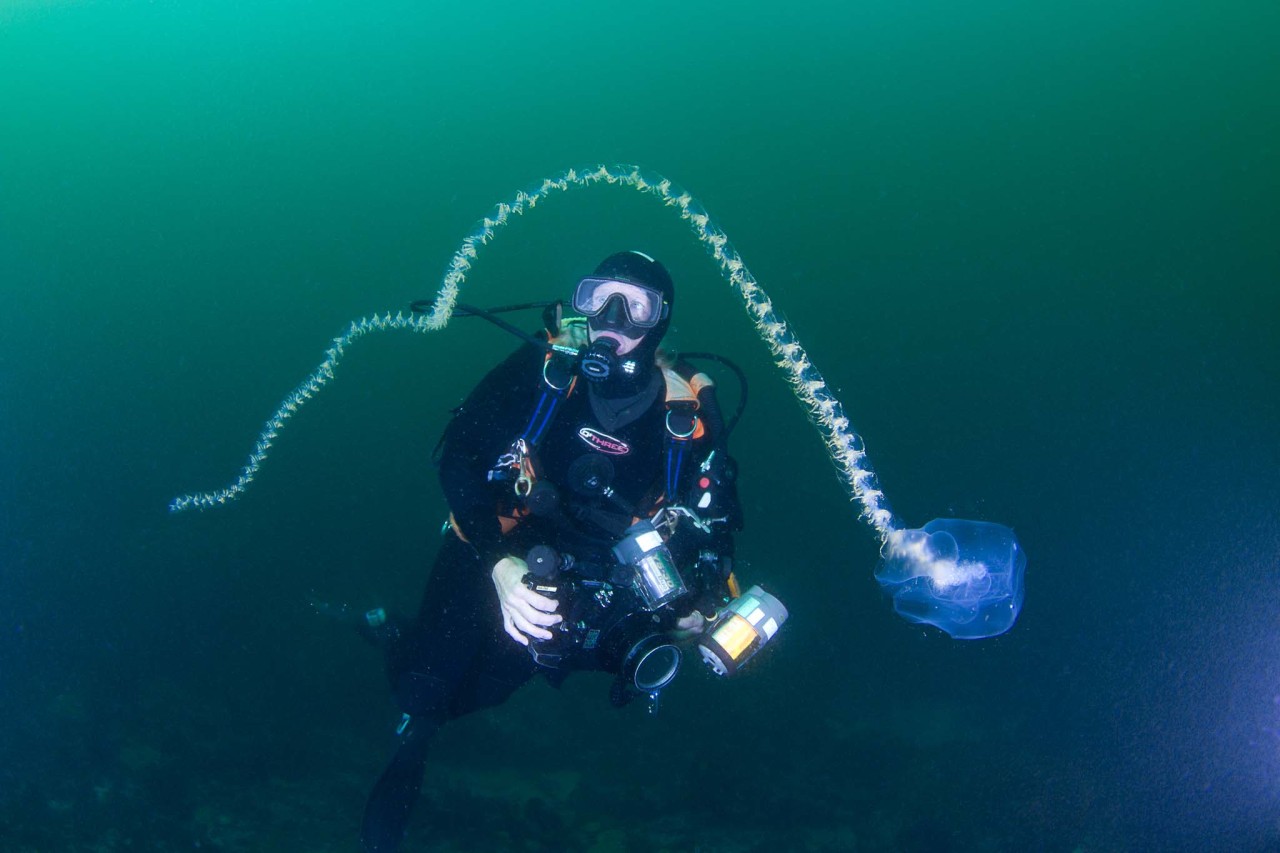Observation of the Week, 3/23/18

Our Observation of the Week is this exquisite Shuttlecock Egg Cowrie, seen off of Mozambique by @seastung!
“Southern African diving is also unlike diving anywhere else in the world,” says Georgina Jones (seastung) of Cape Town. “Our coastline has amazing diversity for its length...Just as the Fynbos biome is one of the richest in the world, I find the waters around the Cape Peninsula to be astonishingly rich in biodiversity.”
And Georgina has contributed much to the understanding of the marine life here, such as writing a field guide for the peninsula, and “setting up a diving orientation course to help people with understanding the different techniques used, gear required and ecosystems involved around the coast...it's a work in progress.” And finally, she’s currently working on setting up an image-based reference library for southern African marine life, as well as collating an update of [Cal Academy’s own] Terrence Gosliner's 1987 Opisthobranchs of southern Africa.” Phew!
She photographed the above snail after some friends of hers noticed turtles in an area off the coast of southern Mozambique. They had discovered a field of sea pens below the turtles, on which the turtles have been presumably feeding (they haven’t observed the turtles feeding on them yet).

It lies in 30-36m of water and the turtles...are presumably the top predators in the system -- they're certainly the biggest! But the shuttlecock cowries are playing their part. I have images of them feeding on sea pens [above], as well as photos of their commensal shrimps [below]. It's a completely fascinating ecosystem in which we find a wide variety of phyla which I plan to upload to iNaturalist in due course.

While its common name contains the word “cowrie,” Shuttlecock Egg Cowries are actually members of the family Ovulidae, also known as the “false cowries” because most lack the classic egg shape of cowries; as you can see, this one has long lance-like extensions on either end. As Georgina noted, these are predatory (and sometimes parasitic) snails and their beautiful mantle is nearly always out, covering and smoothing out the shell. The shell itself is usually plain white in color. What’s cool is that in parasitic species, mantle patterns often resemble that of the host organisms.
As for the commensal shrimp on the snails, Georgina says “so far all I have seen it doing is scooting about on the cowrie. I'd assume it eats the cowrie poo and any scraps of food but...that's just a guess.”

Georgina [above, diving with a Prayid siphonophore] has recently begun using iNaturalist after being an iSpot user for some time. As a new user, she says “[I find] I am taking images of species I would normally ignore because I know you don't yet have them in your database -- most of iNaturalist's southern African observations have come from tourists so far and it's interesting to see what species you have images for as a result.” She says she’ll soon be adding more photos of the species she has a special interest in, and focusing on identifying observations.
- by Tony Iwane. Photo of Georgina Jones by Arne Gething.
- They’re not cowries, but check out this video of sea slugs chowing down on a colony of sea pens!
- Mantles are so cool. Here’s a Banded Egg Cowrie with its mantle out.





Comments
Add a Comment